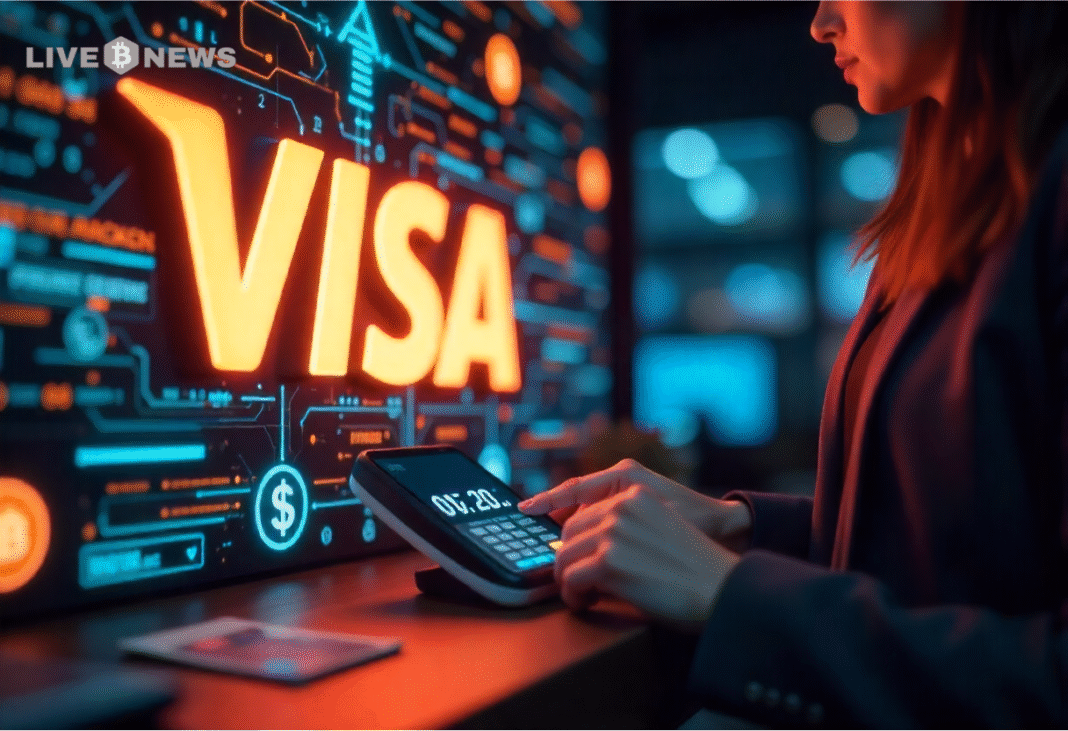Oobit Launches in the Philippines, Turning Remittances into $USDT Spending
Oobit has officially entered the Philippines and is placing stablecoin-based remittance and payment solutions. Through the platform, recipients can receive and use remittances in Tether ($USDT) without delays and exchange costs incurred through regular financial systems. The Filipinos are now able to spend their stablecoins on daily costs, be it groceries, and electrical bills, or even online shopping and sending money to their peers.
The data have shown that the overseas Filipino workers remit over $38billion per year. The Philippines is one of the largest receivers of remittances in the world, and thus, it is a key market to adopt digital finance. By integrating Oobit with Visa, one can pay in-store and online with digital currencies, including the $USDT, $BTC, $ETH, and $SOL. The project will make financial services easier to get and speed up the uptake of crypto in everyday life.
Changing User Behavior and Readiness to the Market
The Philippines offers good opportunities towards adoption of the stablecoins. By 2024, the smartphone penetration was 72, and digital wallets constituted 34 of the e-commerce purchases. The nation ranked 9th in the Chainalysis Global Adoption Index (2025) which shows its increasing crypto involvement to areas other than trading.
The initial behavioral change is seen in pilot programs throughout Metro Manila and Cebu. Stablecoins are becoming more popular with users as they conduct their daily transactions without having to convert currencies and use banking services. The trend highlights a realistic shift towards crypto as an investment to crypto as a payment method.
Greater Implication to International Remittance Systems
Oobit is growing, which reveals the changing role of stablecoins in the real-life financial ecosystems. Since the remittance rates are still high all over the world, the platform provides a competitive alternative that is focused on speed and accessibility. The use of the Philippines can act as a model to other economies that rely on remittances like Mexico and Nigeria.
The partnership of Oobit and Tether shows that blockchain technology has the ability to facilitate the inclusion of finances and the modernization of cross-border payments. There has also been an announcement of expansion to Thailand and South Korea by the company, which marks a broader regional trend toward the use of digital currencies to make payments.
You May Also Like

Polygon Tops RWA Rankings With $1.1B in Tokenized Assets

Best Crypto to Buy as Saylor & Crypto Execs Meet in US Treasury Council

